

Interviews
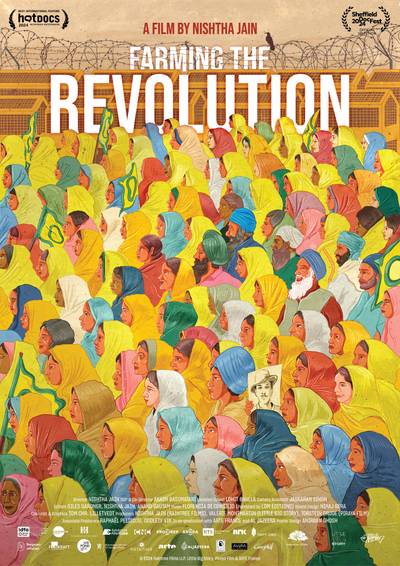

In her most recent work, Inquilab Di Kheti (Farming the Revolution, 2024), which is also her most ambitious, Nishtha traces the year-long farmers movement (2020-21) against the three unjust farm laws announced by the Indian Government in June 2020. Nishtha’s film opens up the everyday textures and rhythms of this massive and ultimately successful movement.
READCultivating Resistance: An Interview with Nishtha Jain
Ananya Parikh, a professor at the Symbiosis School for Liberal Arts, interviews India’s leading documentary filmmaker, Nishtha Jain, on her documentary Inquilab Di Kheti and the cinematic language of revolution.
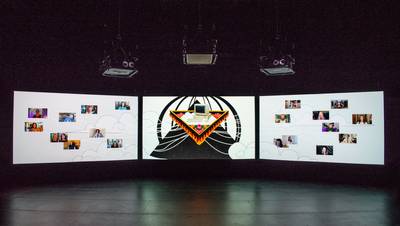

Drawing from personal and inherited rituals of listening and transmission, Athanasiou approaches channeling as a method of research and self-making, a way to attend to what remains inaudible. Voices treats the body as an instrument of transmission, an interface through which stories, desires, and ghosts circulate. The result is an unstable cosmology of voices that blur the line between belief and authorship, revealing how history itself might speak through us.
READMaking Friends Across Time: A Conversation Between Margarita Athanasiou and Lorena Juan
Through a correspondence that unfolded between Berlin, Athens, and Lesbos, artist Margarita Athanasiou and curator Lorena Juan exchange thoughts on voice, permission, and possession. Their letters trace how belief, friendship, and channeling become feminist technologies—ways of speaking through, and with, others across time, bodies, and worlds. Voices (2024), Athanasiou’s latest work, marks the starting point for this dialogue.


The Shipibo-Konibo are an Indigenous people of the Peruvian Amazon whose spiritual, artistic, and medicinal practices are profoundly intertwined with a vision of the universe as a web of living energies. Their knowledge is transmitted through songs, visions, master plants, and symbolic designs that operate as technologies of healing and communication with the non-human world.
READLanguage, Rituality & Technology: An Interview with Pedro Favaron
What if the most advanced technologies aren’t being developed in Silicon Valley but are already in the singing forest? Renzo Signori, in a conversation with Pedro Favaron, explores elements of Amazonian epistemologies and Shipibo-Konibo cosmology to propose a radical rethinking of language, ritual, and technology – not as tools of control, but as vibrant, relational forces rooted in healing and reciprocity.
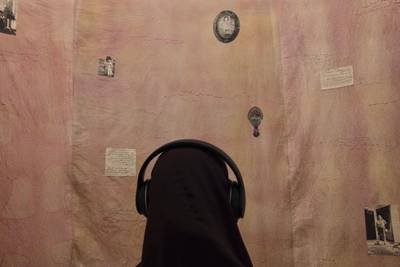

I think it scares me as a researcher to make all these claims, and then you do the fieldwork and find out it’s not as easy as you thought; you can’t put humans into boxes, and you certainly can’t enforce any of these notions onto them.
READAn Anti-Archive of the Present: An Interview with Jood AlThukair
Jood AlThukair’s ‘With the Feather in Our Throat’ creates a living anti-archive of women in Riyadh, navigating the challenges of nostalgia, language, and loss while resisting institutional erasure.
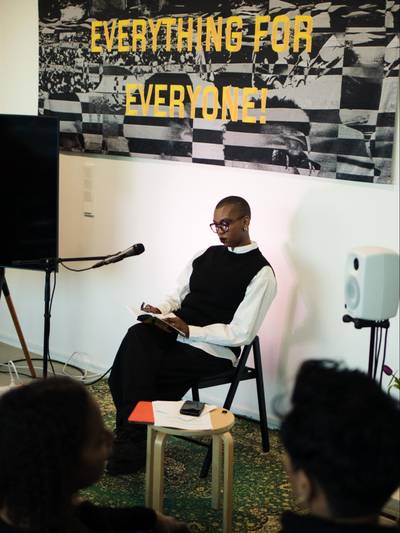

I think of how many people are not able to be involved in social movements because of their own disability or their caring responsibilities, or the way that forms of social violence take away their capacity, or their ability to fight that social violence, because they’re simply trying to stay alive.
READDreaming of Liberation: An Interview with Lola Olufemi
AK Wane and Lola Olufemi discuss what we can learn from archives of revolutionary movements and which lessons to bring into modern activist practices.
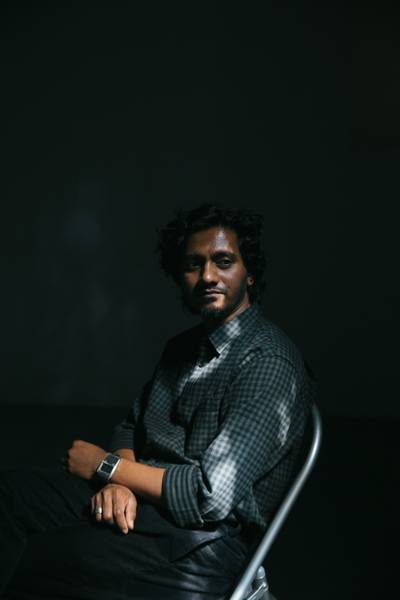

Amol Patil’s work addresses the harsh realities faced by the Dalit community, focusing on the lives of people living in Mumbai’s chawls and working as sanitation workers and manual scavengers. His sculptures, paintings, performances, and archival work strongly portray the deprivation of basic human needs – body, skin, touch, access to clean water, food, and land – and the brutal, animalistic existence they are forced to live in. He makes us see a community that remains invisible in the shadow of the city’s towering progress.
READLanguages of Resistance: An Interview with Amol K. Patil
Amol K. Patil, in an interview with Pranita Thorat, details the deeply personal and politically charged narratives of his practice, discussing how his work lays bare the realities of caste, labour, and displacement.
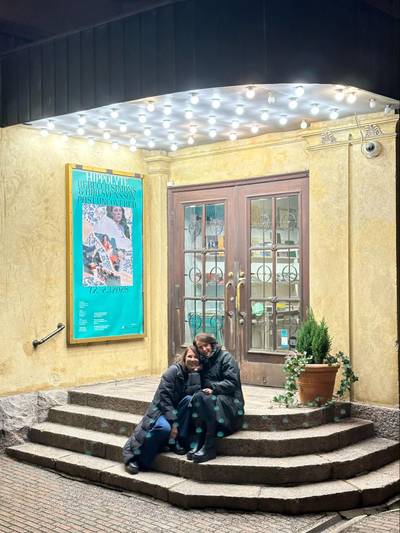

I cannot forgive the actions of abusers because if you’re an adult and you abuse little children because you are traumatised yourself, it can’t be justified in any way. By creating this project, I feel we, the women in the family, are taking the power back. It’s not the abuser controlling what we can and cannot say. That is an important feeling for me.
READNormality That Should Not Exist: An Interview with Rebecca Simons & Aija Svensson
In an interview with Hanna Linnove, artists Rebecca Simons and Aija Svensson discuss Past Uncovered, an exhibition addressing domestic violence and sexual abuse.


Bulldozers, often seen as neutral tools of industrial demolition, are instruments of territorial domination, urban redevelopment, and political suppression. Yet within these acts of destruction, counter-narratives emerge—poetry, mourning, and collective remembrance—that reclaim agency in the face of state-sanctioned ruination. If ruination is a strategy of power, it is also a site of resistance.
READOn Bulldozer Politics: An Interview with Léopold Lambert & Shivangi Mariam Raj
Ruins are not just remnants of the past—they are strategic, political, and weaponised with intent. In this conversation on ‘Bulldozer Politics,’ Léopold Lambert & Shivangi Mariam Raj of the Funambulist explore how demolition and displacement serve state power while also becoming spaces of resistance and remembrance.
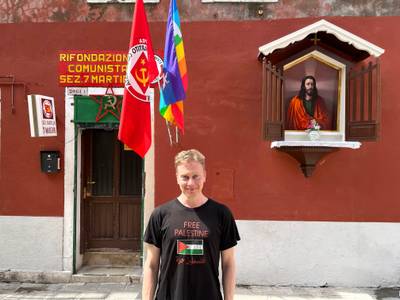

The role of the artists’ associations/unions in cultural politics is even more important when new legislation, guidelines or practices are proposed. If the artists’ associations are not convincing and actively participating in the negotiations about legislation, nobody else will look after their interests.
READArt is a Revolutionary Power: An Interview with Teemu Mäki
Triinu Soikmets and Teemu Mäki discuss the vital role of artist unions in challenging market vulnerabilities and art’s revolutionary power in societal change.
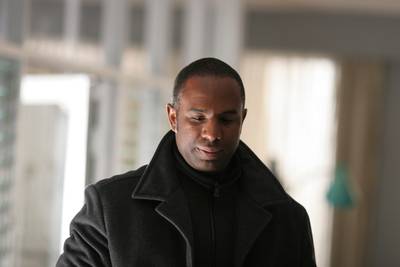

Photography is an inherently uneven way of viewing. For centuries, there has been a desire to identify with that apparatus in the West, and for mysterious reasons, still to me, as a way to identify with the technology and disavow the messiness of human vision, which is pretty much based on vision, which is very much easily distracted, very much individualized.
READAlienation, Authenticity, and the Human Scale: An Interview with Stan Douglas
Ali Akbar Mehta interviews Stan Douglas on the complexities of photography and its inherent alienation that can be harnessed to disrupt traditional narratives and offer fresh perspectives on history.
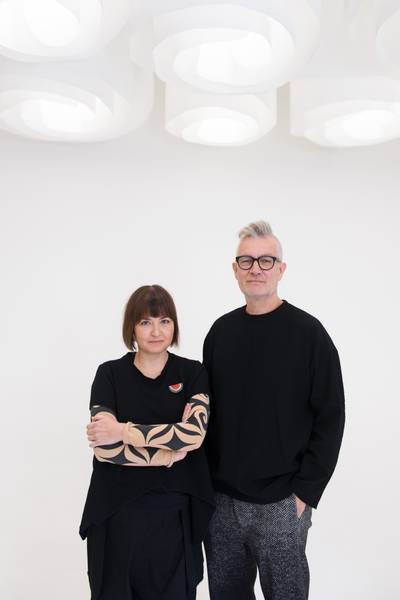

So Palestine being temporarily suspended is the basis for how we conceptualize things between the catastrophes of the past, the Nakba, and everything else, and the ambitions for a state that seems to constantly move further and further into the future. And that means that the present remains sort of an unsettled purgatory.
READIn Attempts to (Un)forge Present: An Interview with Larissa Sansour and Søren Lind
Rania Atef in conversation with Larissa Sansour and Søren Lind on the occasion of their exhibition at the Amos Rex Museum where they push the boundaries of the audience’s imagination about national identity, loss, memory and trauma.
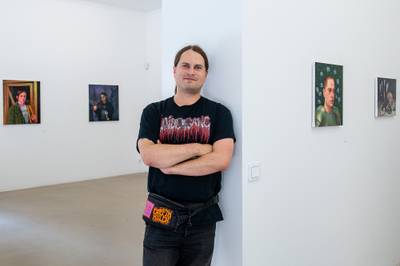

How to transform smell through a painted picture? And what ethical questions are at hand when depicting a friend in a picture? Joel Slotte has, in the past decade, developed a style of painting that reminds of numerous pop culture references and recognizable aesthetics which has been called “slotte-like” and ”slotte-esque” in Finnish art criticism. As an artist, Slotte works across drawing and sculpture in addition to painting, as the different mediums emerge in surprising ways.
READPainting the Self and the Close Ones: An Interview with Joel Slotte
Eero Karjalainen in conversation with Joel Slotte, exploring Joel’s process, the display of reference material in his work, the ethical side of using personal references of an artist and the impact and role of people close to him in his work, and the infrastructures of the art world and the fragility in which we operate.